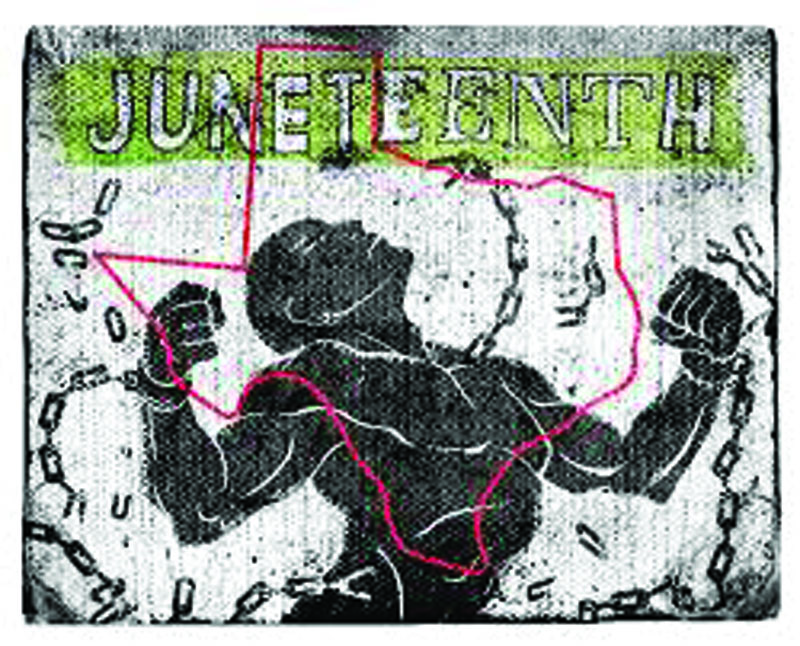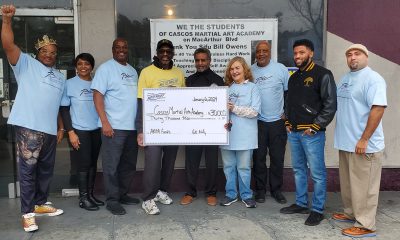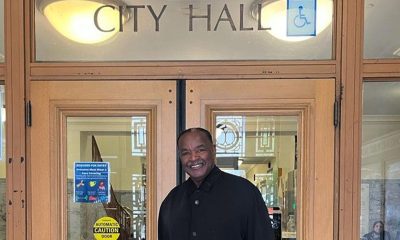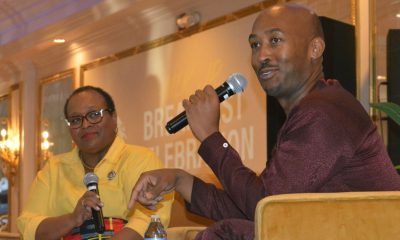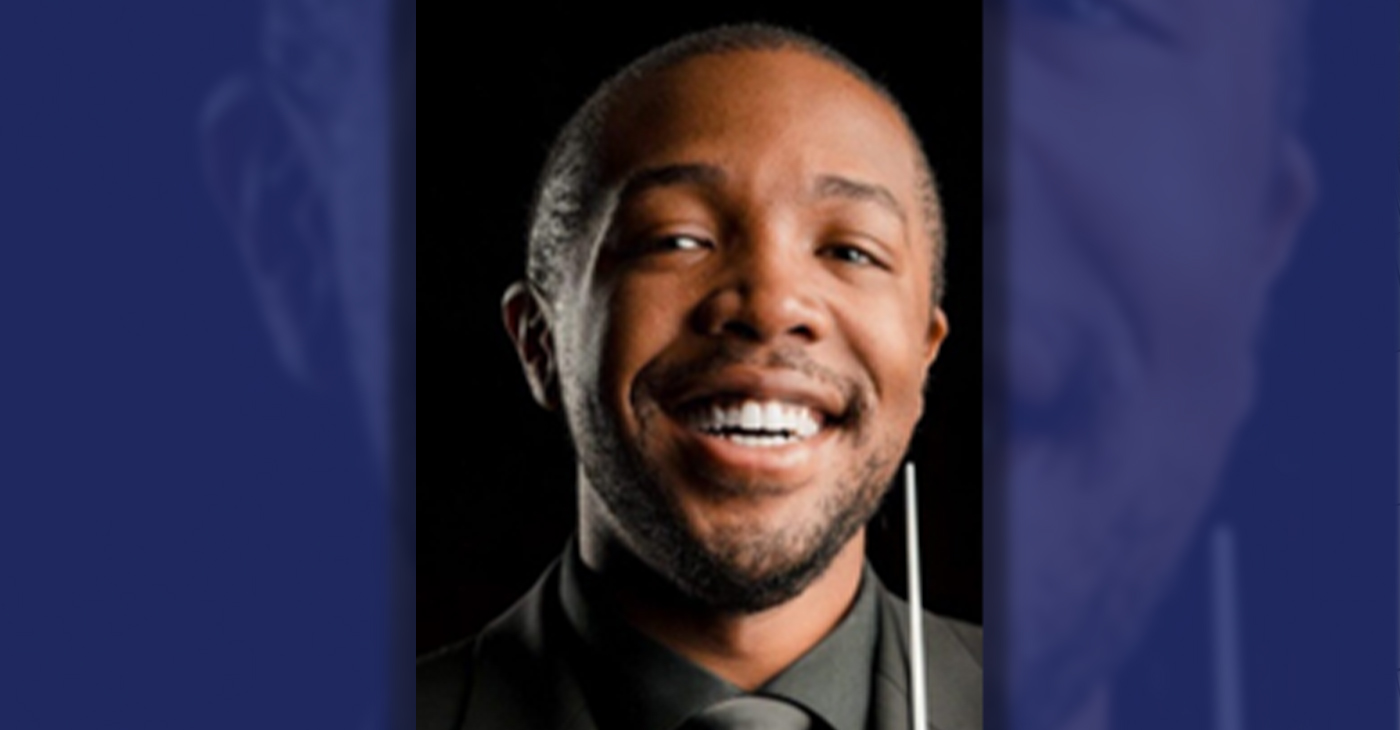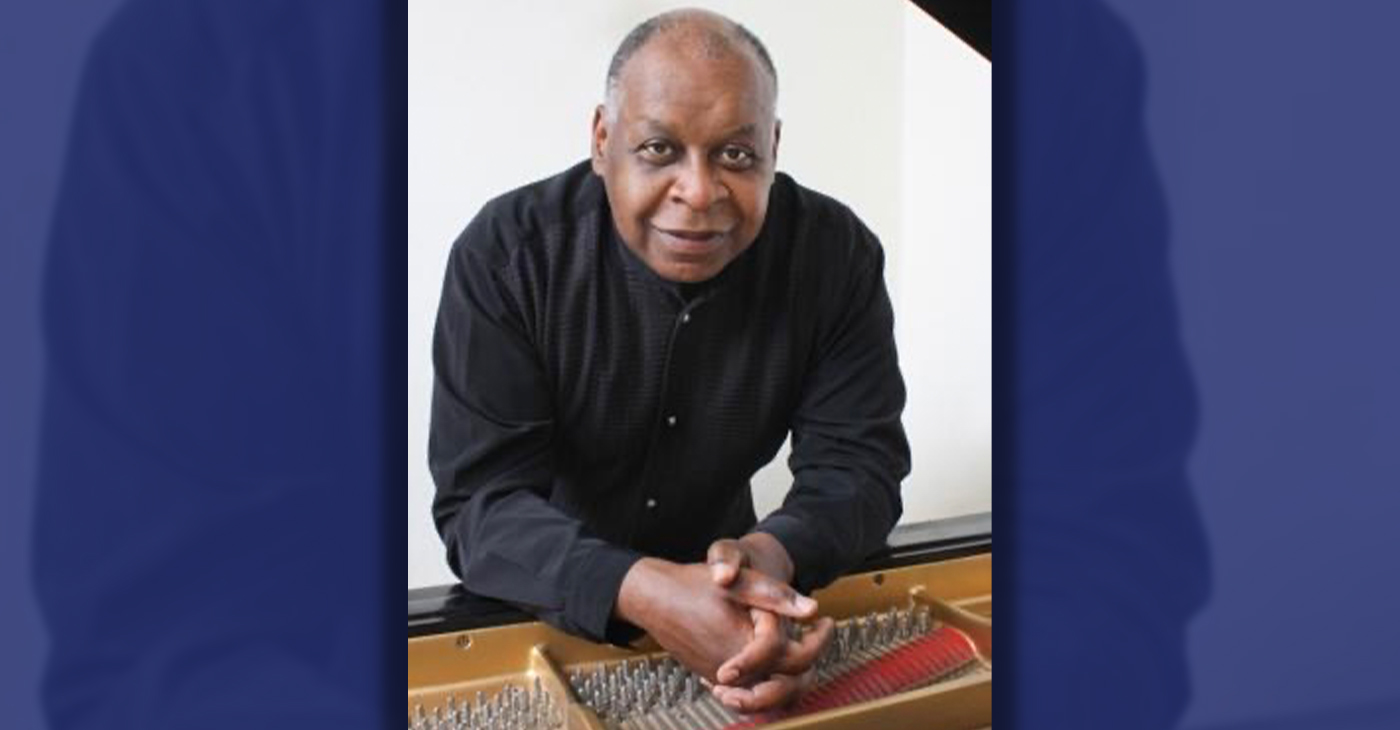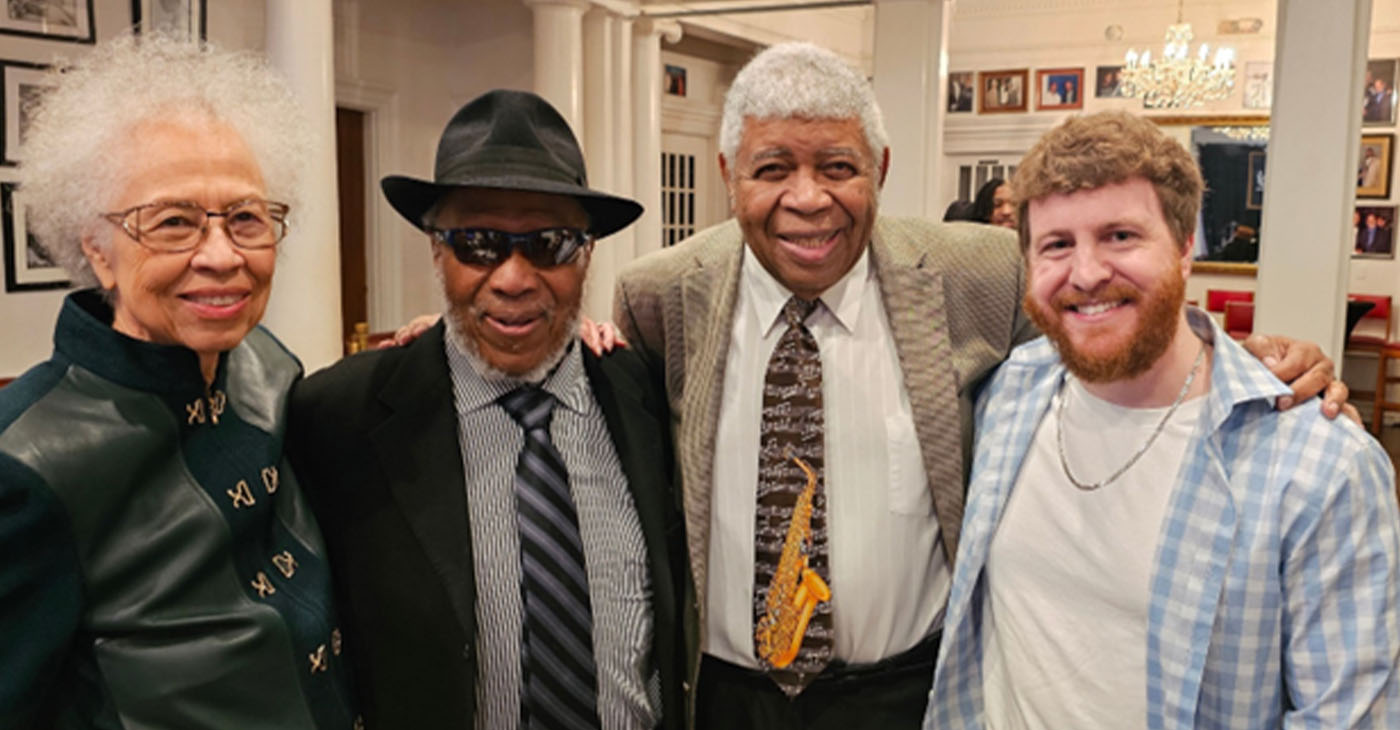“The people of Texas are informed that, in accordance with a proclamation from the Executive of the United States, all slaves are free. This involves an absolute equality of personal rights and rights of property between former masters and slaves, and the connection heretofore existing between them becomes that between employer and hired labor…”
Maj. Gen. Gordon Granger rode into Galveston, Texas, delivering this order on June 19, 1865. Unbeknownst to him, he was establishing the basis for the holiday, Juneteenth (June plus nineteenth), today an annual celebration of emancipation from slavery in the United States. This order, however, came two and a half years after President Lincoln’s Emancipation Proclamation, which had become official January 1, 1863.
Several theories as to why the news traveled so slowly have been passed down through the years: A messenger was murdered on his way to Texas with the news of freedom. The news was deliberately withheld by the owners to maintain the labor force on the plantations. Federal troops actually waited for the slave owners to reap the benefits of one last cotton harvest before going to Texas to enforce the Emancipation Proclamation.
Reactions from the enslaved people on hearing the news ranged from pure shock to immediate joy, as leaving the plantation would be their first taste of freedom. Most had no interest in staying with the people who had enslaved them, even if pay was involved. Some were leaving before Granger had finished making the announcement. What followed was called “the scatter.”
For droves of enslaved people, the North became the destination. Others longed to locate family members in the neighboring states of Louisiana, Arkansas and Oklahoma.
Before freedom came, legally freed slaves were beaten, lynched or murdered if attempted to leave. “They would catch [freed slaves] swimming across [the] Sabine River and shoot them,” Susan Merritt, a former slave, recalled.
Despite the terror and violence, the newly freed Black men and women of Texas transformed June 19 from a day of unheeded military orders into their own annual celebration: Juneteenth. This began one year later, in 1866. But segregation laws impeded such an occasion.
There were no public places or parks where blacks could host celebrations. So in the 1870s, the former slaves, for $800, purchased the 10-acre Emancipation Park. It was the only public park and swimming pool in the Houston, Texas, area open to African Americans until the 1950s.
Juneteenth celebrations waned under Jim Crow laws re-emerging with the civil rights movement of the 1960swhen the 1968 Poor People’s March planned by Martin Luther King Jr. was purposely scheduled to coincide with the date. The march brought Juneteenth back to the forefront. In 1980, Texas became the first state to deem Juneteenth worthy of statewide recognition.
In Southern states, Juneteenth is celebrated with oral histories and readings, red soda water or strawberry soda, and barbecues. Some states serve Marcus Garvey salad (red, green, and black beans). Rodeos have also become part of the tradition in the Southwest.

Tamara Shiloh
Tamara Shiloh has published the first two books in her historical fiction chapter book series,
Just Imagine…What If There Were No Black People in the World is about African American inventors, scientists and other notable Black people in history. The two books are
Jaxon’s Magical Adventure with Black Inventors and Scientists and
Jaxon and Kevin’s Black History Trip Downtown. Tamara Shiloh has also written a book a picture book for Scholastic,
Cameron Teaches Black History, that will be available in June, 2022.
Tamara Shiloh’s other writing experiences include: writing the Black History column for the Post Newspaper in the Bay area, Creator and Instruction of the black History Class for Educators a professional development class for teachers and her non-profit offers a free Black History literacy/STEM/Podcast class for kids 3d – 8th grade which also includes the Let’s Go Learn Reading and Essence and tutorial program. She is also the owner of the Multicultural Bookstore and Gifts, in Richmond, California,
Previously in her early life she was the /Editor-in-Chief of
Desert Diamonds Magazine, highlighting the accomplishments of minority women in Nevada; assisting with the creation, design and writing of a Los Angeles-based, herbal magazine entitled
Herbal Essence; editorial contribution to
Homes of Color; Editor-in-Chief of
Black Insight Magazine, the first digital, interactive magazine for African Americans; profile creations for sports figures on the now defunct PublicFigure.com; newsletters for various businesses and organizations; and her own Las Vegas community newsletter,
Tween Time News, a monthly publication highlighting music entertainment in the various venues of Las Vegas.
She is a member of:
- Society of Children’s Book Writers and Illustrators (SCBWI)
- Richmond Chamber of Commerce
- Point Richmond Business Association
- National Association of Professional Women (NAPW)
- Independent Book Publishers Association (IPBA)
- California Writers Club-Berkeley & Marin
- Richmond CA Kiwanis
- Richmond CA Rotary
- Bay Area Girls Club
Tamara Shiloh, a native of Northern California, has two adult children, one grandson and four great-grand sons. She resides in Point Richmond, CA with her husband, Ernest.
www.multiculturalbookstore.com

